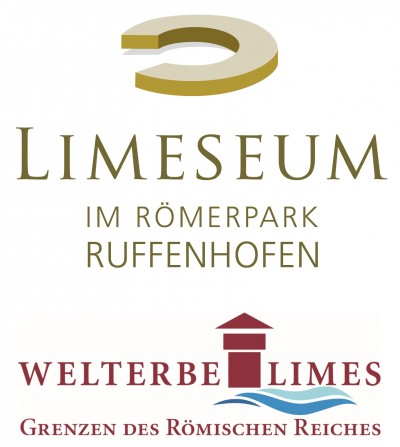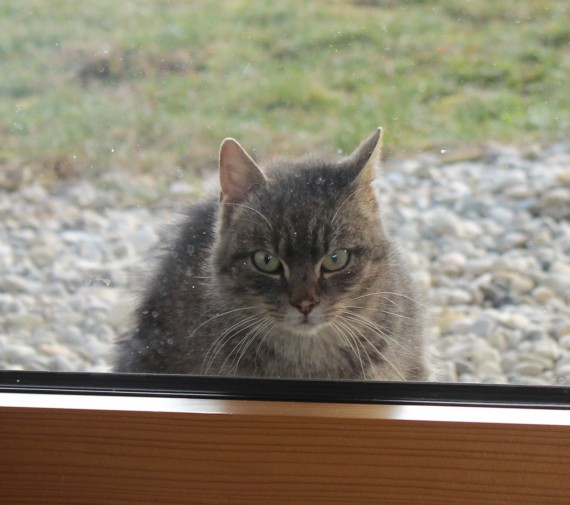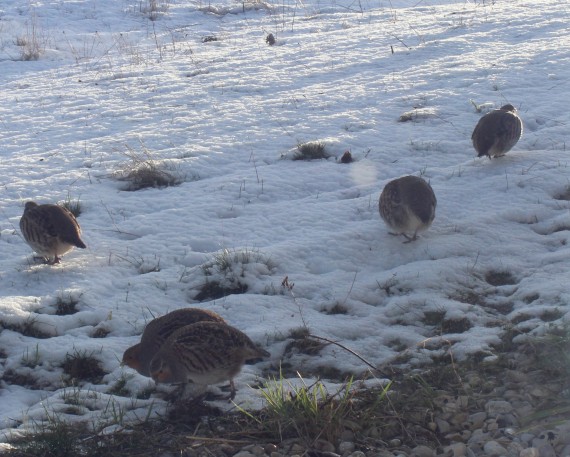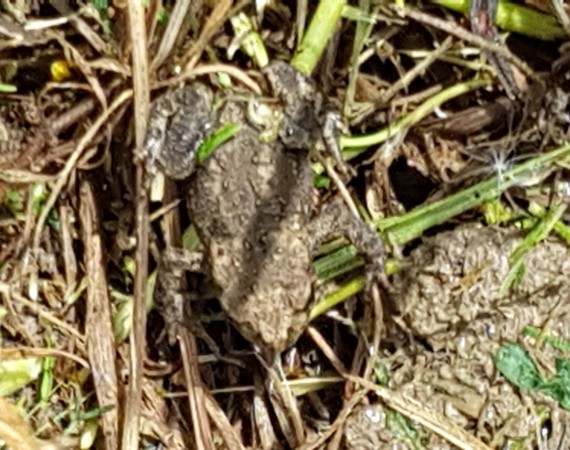Nature, flora and fauna
Ruffenhofen Roman Park is situated in a lovely countryside surrounded by nature. The park has taken advantage of this aspect by including natural elements in its design concept.
The sustainable use of the land and the choice of local vegetation to visualize the structures have over time transformed this archaeotope into a biotope as well. A wide variety of animal and plant species have established themselves here. Piles of dead wood and stones provide shelter, as does the "insect hotel" in the "nature conservation corner".
In the near future, we plan to supplement the archaeological tours with nature tours that will expand upon the current signs identifying trees and bushes.
Another milestone in our future will be the garden show "Kleine Landesgartenschau" in 2019 in Wassertrüdingen. The Roman Park will participate in the show as an outstation.
Visualization
Ruffenhofen Roman Park has deliberately chosen to do without elaborate reconstructions of the archaeological features at the site. Instead, plants play the role of buildings, creating a visual impression of the antique constructions. A hornbeam hedge represents the fort wall, and white-blossoming plants shape the fort ditches.
This concept has had many positive side effects for the nature of the area. Small game can find shelter in the tall grass of the troop barracks. Perches for buzzards marking the fort towers attract birds of prey. And many storks from the vicinity can also be found regularly in the Roman Park.
The new viewing point on a hill near the LIMESEUM provides an excellent overview of the entire site.
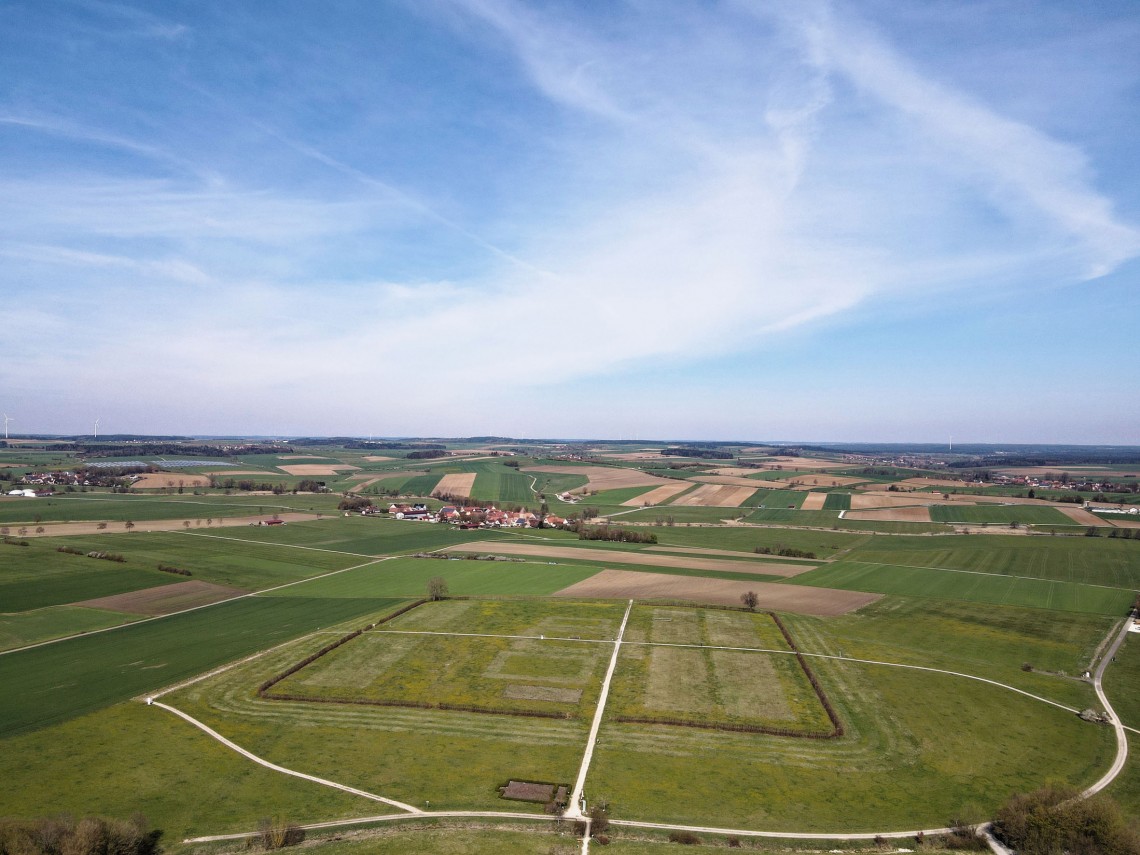 Reiterkastell
Reiterkastell
Anilmals
Plants
Fruit trees
Fruit was very important for the Romans, for example as a dessert. In the 1st century BC Lucullus brought the first cherries from Asia Minor to Italy. In fact, it was the Romans who introduced cultivated fruit to our lattitude. Until then, there had only been smaller, wild fruit. A variety of common as well as rarer fruit types have been planted in the Roman Park since 2004. Signs inform visitors about their characteristics. With its fruit trees and the meadow orchard that was planted in 2009, Roman Park Ruffenhofen has also been included as a station along the Franconian "Moststraße" (Apple Cider Road).
In December 2016, other rare local fruit varieties, were planted as an avenue. The trees are now also signposted.
Obstbaumschilder 1
Obstbaumschilder 2
